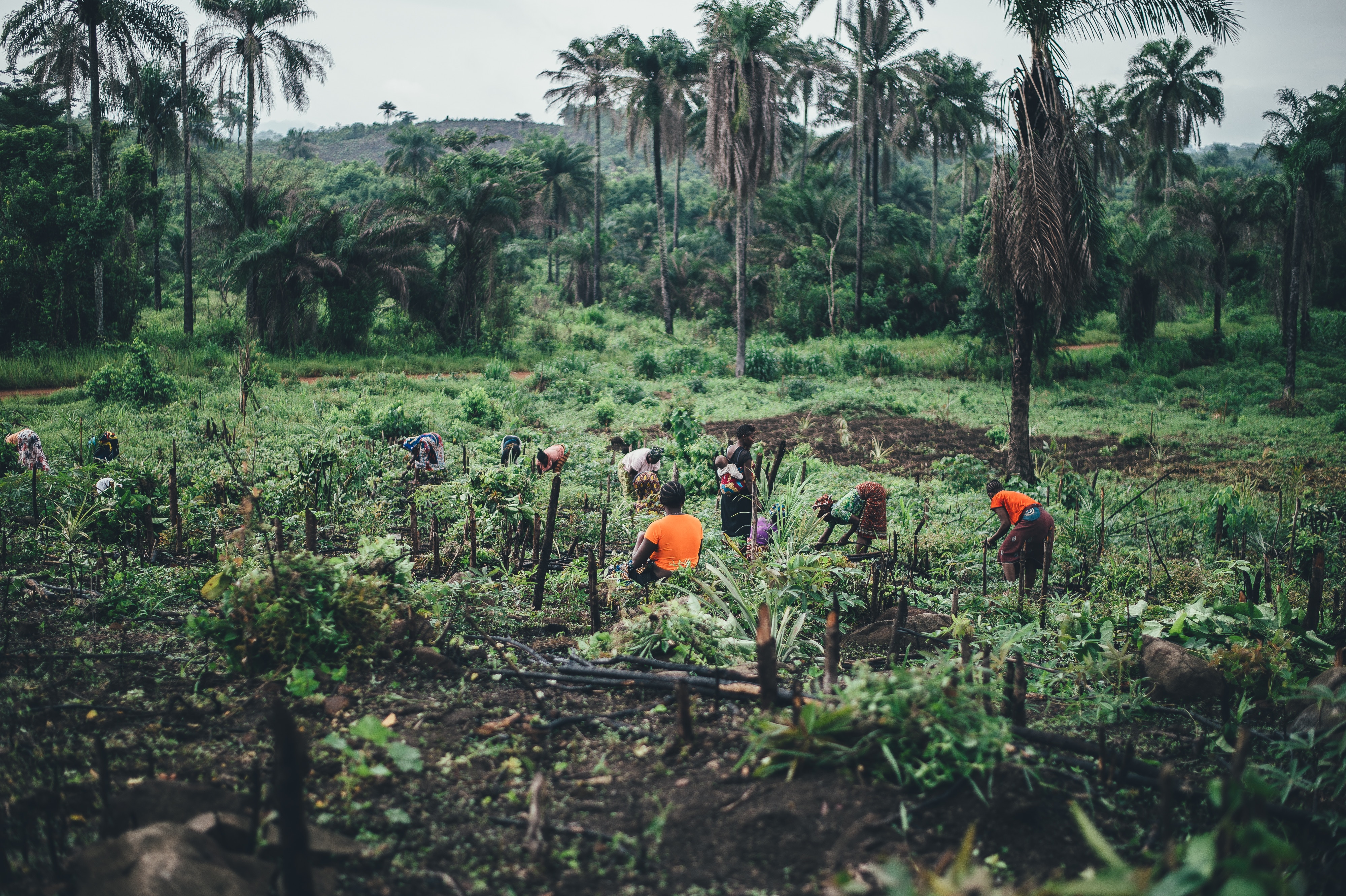Why traveling is not Instagram Worthy

“Lifejackets are under your seats, but don’t bother, they’re completely useless here.â€
The tourist boat’s safety briefing did not fill us with confidence.
“They’re brightly coloured and keep you floating on the surface, so the crocs will come right to you,†the guide continued. “Trust me, if you go in the water here, you don’t want to be wearing a lifejacket.â€
It was my first day touring Kakadu National Park, a vast protected area of outback in Australia’s Northern Territory. This was my first warning that here was a place where such ostensibly contrary safety advice could make perfect sense, a place where the rules of nature as I knew them seemed hardly to apply.
Saltwater Crocodile Yellow Water billabong
Start planning your trip! Compare prices on flights:
1
2
3
4
5
The boat was taking us out onto a section of Yellow Water billabong, an ideal spot to catch a snapshot of the park’s immense biodiversity, including a glimpse of its most notorious inhabitant – the saltwater crocodile.
“The name is misleading, they love freshwater,†the guide informed us we cruised the billabong’s placid waters. “They’re all around us now, you just can’t see them.â€
At once everybody aboard made certain their arms were firmly inside the boat.
Let me take a moment to tell you why I have always been scared of saltwater crocodiles: they can grow up to six metres long, have the strongest bite of any animal ever measured, and can leap the length of their bodies to ambush prey. Before entering Kakadu it was strongly recommended we never stand within five metres of any body of water.
My stomach dropped as I realised that here, for the first time in my life, I did not by default sit at the pinnacle of the food chain. Here, I was prey.
Pelicans Yellow Water Billabong Kakadu
After that, any bubbles escaping to the billabong’s surface belied a man-eater lurking beneath, every splash an imminent attack. I could hardly concentrate as our guide pointed out kingfishers, buffalo, and nesting jabiru, undoubtedly fascinating wildlife rendered dull by its lack of interest in eating me.
And then we saw one.
“On the right!†called the guide.
An impossibly long, ridged back and prehistoric tail slipped under the water with hardly a ripple. Thrill and dread tangled in my gut. Moments later we spotted a crocodile basking on the shore in full view, and the guide brought the boat around to take us closer.
“She’s only small, hardly three metres.â€
How is this place real? I thought, as I leaned out over the rail despite myself. Later that day, we would watch an indigenous woman fish at a river crossing and repeatedly snare a crocodile on her line, laughing at our open-mouthed horror.
Flying foxes hanging tree
Leaving the boat tour (limbs all accounted for), I found my eyes opened to the downright otherworldliness of Kakadu National Park. Any traveller is seeking something out of their ordinary, yet rarely do they find a place so unlike any other on the planet.
It was more than just the crocodiles – Kakadu’s very landscape feels alien: mile after mile of flood plain, sun-baked red soil, trees scorched black by controlled burns to prevent wildfire. Cathedral termite mounds jut from the earth like structures left behind by an extinct civilisation. Surreal moments throughout the day kept pulling the rug from underneath me. Returning to our bus, I found myself gaping at white cockatoos grubbing in short grass like pigeons in a neighbourhood park. When we stopped for lunch at a riverside playground I skipped eating to stand under the trees behind a toilet block, where hundreds of flying fox bats squawked and slumbered in the branches.
The area that is now the park has been inhabited by indigenous people for some 65,000 years, the oldest living culture on Earth and one that recognises the worth in keeping the area at least partially wild, untamed, a place where humans are regularly helpless against the whims of nature.
The unpredictable temper of the park was made clear at the end of the day when we climbed to the top of Ubirr rock, an outpost of the stone escarpment complex that runs like vertebrae through the park, to watch the sunset. This was dazzling, a wide plain of wetland shimmering orange and purple as the sun diminished, but the real spectacle was to follow.
Ubirr rock sunset
Before the sun could fully depart, a storm began to roll in across the park. It would be the first of the impending wet season, when storms are a daily occurrence, and the clouds roiled with pent-up fury, lightning flickering in their bellies. We didn’t know which to watch – only here could the serenity of a postcard sunset co-habit with a thunderstorm’s irresistible acrimony.
We stayed at the top of the rock as long as we dared, watching the sky grow dark and the lightning fierce. Before the daylight could fail completely we ran for the bus, hopping across rocks and leaping stairs, feeling the thunder rumble through our bones.
The storm met us head-on as we raced towards camp, lashing at the windows as if it meant to break them, steam pluming from the hot road under our wheels. The lightning was constant, everywhere, imposing fragments of day into the darkness where it didn’t belong, carving the park into vanishing negative. Truly, it seemed the world might tear apart at the seams.
Back at camp, rattled and awed, we huddled under our tents as the storm spent its fury. The lightning persisted for hours, and soon I noticed that every flare exposed restless movement overhead. Looking up, I realised it was the flying foxes, blotted against the sky by every flash as they set out for the night, undeterred by weather as normal to them as it was frightening to me cowering below.
How is this place real? I thought. Looking back, I can hardly believe it was.
You Must be logged in to post a comment
